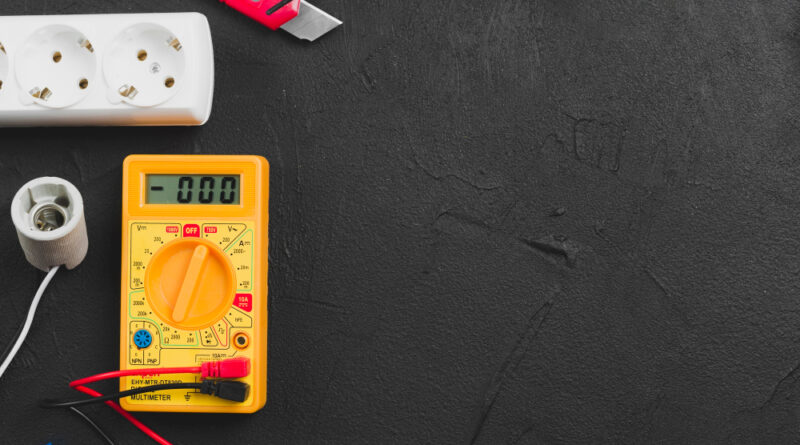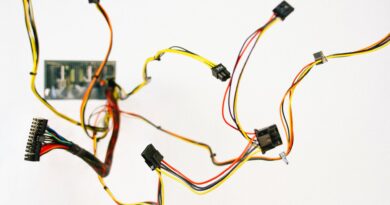Electrical Safety Audit in Pali
Introduction
Welcome to our comprehensive guide on electrical safety audits in Pali. At CDG Inspection we understand the significance of maintaining a secure and reliable electrical system in both residential and commercial settings. Through this article, we aim to provide valuable insights and knowledge on conducting an effective electrical safety audit. By implementing the best practices outlined in this guide, you can prioritize the safety of your electrical infrastructure and create a hazard-free environment for everyone.
Understanding the Importance of Electrical Safety Audits
What is an Electrical Safety Audit?
An electrical safety audit is a systematic examination of electrical systems and equipment to identify potential hazards, ensure compliance with safety regulations, and reduce the risk of electrical accidents. It involves a comprehensive evaluation of various aspects, such as electrical installations, wiring systems, grounding, protective devices, and overall electrical infrastructure.
Why is it Important?
The significance of conducting regular electrical safety audits cannot be overstated. Here are a few reasons why:
- Prevention of Electrical Accidents: Electrical safety audits help identify potential risks and mitigate them before they lead to accidents, such as electric shocks, fires, or equipment failures.
- Compliance with Regulations: Adhering to electrical safety standards and regulations is crucial to avoid legal issues and penalties. Conducting audits ensures that your electrical systems comply with the necessary guidelines.
- Protecting Lives and Property: By proactively addressing electrical hazards, you prioritize the safety of individuals within your premises and protect valuable assets from potential damage.
Conducting an Effective Electrical Safety Audit
To ensure an effective electrical safety audit, follow these key steps:
Step 1: Engage a Professional Electrical Safety Audit Service
Hiring a reputable and experienced electrical safety audit service is essential to ensure a thorough and unbiased evaluation of your electrical infrastructure. Look for certifications, expertise, and a track record of successful audits when selecting a service provider.
Step 2: Assessing Electrical Installations and Systems
During the audit, the professionals will examine various aspects of your electrical system, including:
- Wiring Systems: Evaluation of the condition and integrity of wiring systems to identify any signs of wear, damage, or incorrect installations.
- Grounding and Bonding: Checking the effectiveness of grounding and bonding systems to minimize the risk of electrical shocks and ensure the proper functioning of protective devices.
- Electrical Panels and Switchboards: Inspect electrical panels and switchboards to verify proper labeling, adequate clearances, and absence of potential hazards.
- Protective Devices: Verifying the functionality and calibration of protective devices such as circuit breakers, fuses, and residual current devices (RCDs).
Step 3: Identification of Potential Hazards
Based on the assessment, the auditors will identify potential hazards or areas of concern that need immediate attention. These hazards may include:
- Overloaded Circuits: Identification of circuits that are carrying excessive loads, which can lead to overheating and pose fire hazards.
- Improper Earthing: Recognition of inadequate grounding or earthing systems, which can result in electrical shocks and damage sensitive equipment.
- Obsolete Wiring: Detection of outdated or deteriorated wiring that may not meet current safety standards and is prone to insulation failure.
Step 4: Recommendations and Corrective Measures
Following the assessment, the auditors will provide detailed recommendations for rectifying the identified hazards. These recommendations may involve:
- Electrical System Upgrades: Suggest necessary upgrades to electrical systems, such as rewiring, replacement of outdated equipment, or installation of additional protective devices.
- Training and Awareness Programs: Recommending educational programs and training sessions to create awareness among occupants regarding electrical safety practices.
- Maintenance and Inspections: Advising on regular maintenance schedules and periodic inspections to ensure ongoing safety and compliance.
Conclusion
By prioritizing electrical safety audits, you take a significant step toward creating a secure and reliable electrical environment in Pali. Through a systematic evaluation of your electrical infrastructure, potential hazards can be identified, and corrective measures can be implemented to minimize risks. Remember, the safety of individuals and the protection of property should always be at the forefront of any electrical system management.




